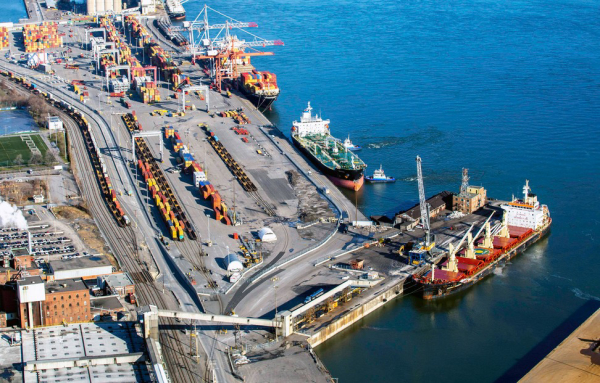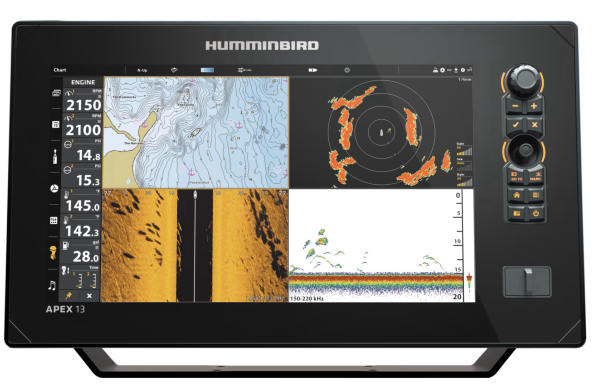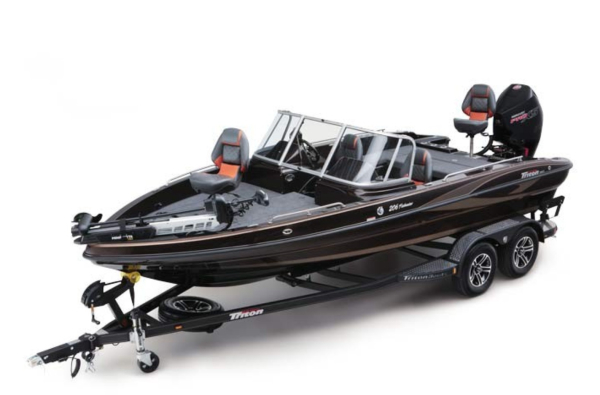
Canada claps 25% tariffs on U.S. Fishing Gear
On March 12, Canada announced a 25% retaliatory tariff on U.S. imports, including fishing rods, nets, hooks, lines and other tackle, effective 12:01 a.m., March 13, 2025. Reportedly these new countermeasures will remain in place until the U.S. eliminates its tariffs against Canadian steel and aluminum products.
The U.S. recreational fishing biz has a net value close to $10 billion and that’s not counting all the peripheral jobs it generates. The amount of tackle that goes to Canada from U.S. companies in terms of trade balance is reported variously between $23 and $97 million. So, that business is significant if not critical for many U.S. suppliers.
The American Sportfishing Association estimates that the sportfishing industry contributes more than $230 billion to the U.S. economy and billions of dollars to conservation each year. ASA also notes the industry supports over 1.1 million jobs nationwide.
Most U.S. tackle is made in China, Taiwan, Japan, Thailand and other far east countries and imported here under well-known brand names. If the tariff duel continues long, Canadians might start looking to companies located outside the U.S. making knock-off brands to supply their angling needs, more than they already do.
Now, it appears likely that a lot of gear will get hit with a tariff coming into the U.S., and Canada will tack on an added 25 percent to orders that are headed their way, so the total price increase at the consumer end of things for Canadian anglers—the tackle store or Tackle Warehouse or Bass Pro Shops—could be significant. (Not enough to make them quit fishing, hopefully, but nevertheless—it’s better to be able to buy an F-18 Rapala for $15 than for $20.)
Logically, this sort of thing is more likely to hurt U.S. companies that make or market lures for walleyes, pike and trout than those that make gear to fish for largemouth bass, snook and redfish.
And there are some fishing products still made wholly in the U.S.A. including some high-end fly reels from Abel, Ross and Sage, but even Mike Bucca’s famed Bull Shad bass lure, which he made by hand for years in a garage in Georgia, is now made in China.

A bit surprisingly, both Swiss-owned Garmin and Alabama-based Humminbird fishfinder/sonar/gps units are made in the U.S., while Lowrance, which originated with Darrell Lowrance’s “Little Green Box” sonar flasher in 1957, is now made in Mexico. Canadian anglers do buy a bunch of sonar/gps units of all brands, and given the high prices of the current generation with side scan and forward scan tech, the tariffs could have a significant impact on sales.
The tariff on fishing boats made in the U.S. would be very significant, probably enough to choke sales completely as potential buyers wait to see if they go away sometime soon.
Probably more important than the dollars and cents logic of it, though, is the “up yours too” effect that has clearly resulted from the blunt force diplomacy that seems to be the general policy of the current administration in Washington.
While it’s easy to see that some countries have long been our pretend-friends in return for billions in military and economic assistance, Canada has been more like a younger brother or sister, with shared values, languages and goals. Canadians can readily move into the U.S. and live here as we can comfortably move there with no more of a hiccup than moving from, say, Alabama to California . . . .well, maybe that’s not a good comparison, but you get the gist.
While the economic tit-for-tat with Canada might make sense on our side of the border, the fentanyl and illegal immigrant argument does not. Only about 0.02% of fentanyl comes across the northern border, and only about 1.5 % of illegal immigrants, per federal data. The major player in both problems is Mexico.

It seems that in this case, at least, the tariff-wars might be a bit overplayed, unnecessary bullying that could have been avoided with some behind-the-scenes, hard-nosed negotiations that would have not brought out the latent hockey-player in every Canadian.
I had the good fortune to hunt and fish more than my share in the provinces of Canada when I was a field editor for Outdoor Life years ago, and found the people there almost universally friendly to Americans. (The French-speaking folks of Quebec, not so much, though that was mostly because they thought I was a Canadian who refused to speak French, rather than an American who couldn’t.)
By all accounts, the vast majority of Canadians (who have nothing to do with the nation’s tariffs on U.S. goods, of course) would be the first to stand with America if push came to shove.
In a world where our circle of dependable friends is being made smaller, it might make better sense for us to exercise a bit of the courtesy for which Canadians have historically been noted, both in private business and public discourse, as we plunge ahead into whatever the uncertainties of a changing world scene bring.
And to get rid of the bloody tariffs on both sides, eh?
— Frank Sargeant
Frankmako1@gmail.com